-

Warmly Welcome Mr. Anteneh Tariku, the Acting Consul General of Consulate General of Ethiopia in Chongqing and his team to Visit Fangtong.
On May 21, 2020, Mr. Anteneh Tariku, the Acting Consul General of the Consulate General of Ethiopia in Chongqing, and his team visited Fangtong Animal Pharmaceutical Co., ltd. Accompanied by Huang Wei, Director of Foreign Affairs Office of Rongchang District Government, He Chengyi, Secretary of N...Read more -
Congratulations to Fangtong successfully passing the on-site audit by Yili Group
On April 14-15, 2020, the assessment team from the Quality Management Department of Yili Group and the Supply Assurance Department of Yili Group conducted a two-day’s factory on-site quality audit on Chongqing Fangtong Animal Pharmaceutical Co., Ltd., And at the final meeting in 15th afternoon,...Read more -

One Therapy for Severe Cases of COVID-19 Pneumonia
Read more -

Humans, livestock in Kenya linked in sickness and in health
If a farmer’s goats, cattle or sheep are sick in Kenya, how’s the health of the farmer? Though researchers have long suspected a link between the health of farmers and their families in sub-Saharan Africa and the health of their livestock, a team of veterinary and economic scientists ...Read more -

Experts disagree on horses with incoordination
At least one in 100 horses at some point in its life will lose the ability to control of its gait as a result of developing the neurological disorder ataxia. Once found to be ataxic, the horse is often put down, or undergoes an expensive operation with dubious results. But now researchers from th...Read more -
Studies on Effect of Sodium Hypochlorite on Microbial, Sensory and Physiochemical Characteristics of Buffalo Offal
ABSTRACT A study was carried out to determine the influence of different concentration and contact time combinations of sodium hypochlorite (SHC) solutions on microbial, sensory and physico-chemical characteristics of buffalo offals viz., head meat, heart, liver and rumen. The following concentra...Read more -
Detection of Long-Acting Oxytetracycline Residue Levels in Tissue of Desert Sheep Following Intramuscular Injection
ABSTRACT Twelve healthy desert sheep were injected intramuscularly (IM) with multiple doses of 5 g kg-1 oxytetracycline (OTC) for detection of OTC residues in different tissues (Liver, kidney, muscle and site of injection). The animals were slaughtered and the tissue samples were collected from e...Read more -

Early separation of cow and calf has long-term effects on social behavior
Calves of dairy cows are generally separated from their mothers within the first 24 hours after birth. The majority of the milk thus enters the food market and not the stomachs of the calves. However, growing up without a mother has consequences. Scientists at the Vetmeduni Vienna studied the lon...Read more -

Foaling mares are totally relaxed, stress free, study finds
Foaling in horses is extremely fast. labor and the active part of foaling, resulting in delivery of the foal, take 10 to 20 minutes and are considerably shorter than giving birth in humans or in cows. Is this brief period stressful for the animals or are horses more relaxed than humans when givin...Read more -

Weak link between badgers and cattle for TB transmission
he largest simulation to date of the numbers of cattle and badgers infected with tuberculosis (TB) casts serious doubts about the extent to which badgers cause TB in cattle, according to research from Queen Mary University of London (QMUL). Using a mathematical model that combines a huge number o...Read more -
Fangtong Developed New Disinfection Products Available for Livestock Pen and Public Areas of Human Activities
Since the outbreak of Africa Swine Fever in 2018 in China, Countless farmers had been suffered huge economy loss and many local governments started different emergency response mechanism with different measures, including the handling of the countless sick or dead pigs. Now the temperature...Read more -
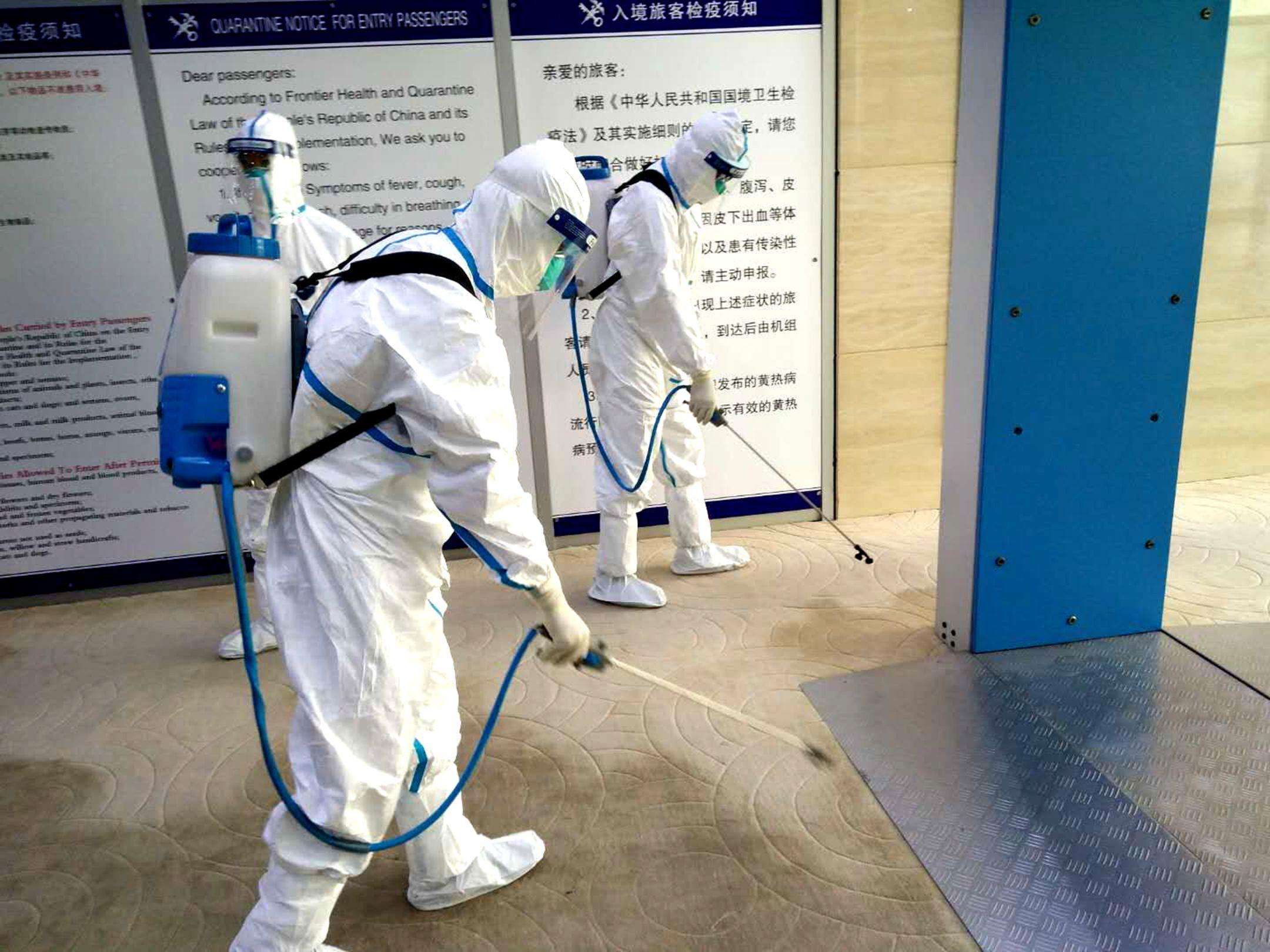
Situation Report One wk After Getting Back
The 2019 nCoV epidemic is under better contorl now. But the situation for all the companies or factories is still severe. The daily work for most companies are not able to get back to normal track. They are not permitted to resume unless they apply to local government and get an approval after...Read more -

Antibiotics could be cut by up to one-third
Nine in 10 dairy farmers participating in a new survey from the Royal Association of British Dairy Farmers (RADBF) say that the farming industry must take a proactive lead in the battle against antibiotic resistance. Those questioned also think that over the next five years they could cut their o...Read more -
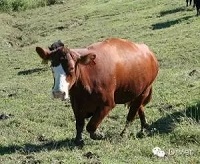
Turn up parasite control before spring turn out
Spring turn out time is right around the corner for beef cattle producers. But, before you open the gate be sure parasite control is on your to-do list. “Don’t just talk about parasite control, do it,” advises Eldon Cole, University of Missouri Extension livestock specialist. Cole says monitorin...Read more -

Before retinal cells die, they regenrated, blindness study finds
Until relatively recently, the dogma in neuroscience was that neurons, including the eye’s photoreceptor cells, rods and cones, do not regenerate. This is the reason that nerve damage is thought to be so grave. More recent studies have poked holes in this belief by showing that, in some ver...Read more -
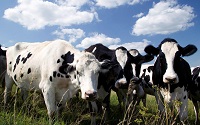
Common Cattle Diseases
While it isn’t possible to cover the full range of animal diseases and conditions, it is useful to know something about the ones that are among the most common. If you think your livestock need treatment of any of the listed conditions or the animal just doesn’t seem right but you don’...Read more -

Anaplasmosis
Anaplasmosis is a vector-borne, infectious blood disease in cattle caused by the rickesttsial parasites Anaplasma marginale and Anaplasma centrale. It occurs primarily in warm tropical and subtropical areas. The disease is not contagious but is transmitted most commonly by ticks. It can also be...Read more -

Relax, For now, Covid-19 Doesn’t Afftect Livestock
Years back while in veterinary school, our public health professor of zoonosis warned us that failure to recognise diseases in wild and domestic animals that can be transmitted to humans is the greatest sin a vet can commit. The diseases are called zoonoses. He further told us that such diseases ...Read more -
Herd immunity: Disease transmission from wildlife to livestock
Summary: Scientists provide guidelines for minimizing the risk of spreading disease between elk and cattle in Southern Alberta. Transmission of diseases from wildlife to livestock is a common threat in Alberta, according to new research by University of Alberta biologists. Foothills in the south...Read more -
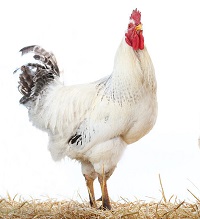
A faster, better way to detect salmonella in meat, chicken
A team of scientists led by University of Florida Institute of Food and Agricultural Sciences researchers has found a faster and more precise way to detect salmonella in beef and chicken, a finding that could help prevent major illnesses. Salmonella is the lauding cause of bacteria-associated foo...Read more -
Responding to Covid-19 — A Once-in-a-Century Pandemic?
In any crisis, leaders have two equally important responsibilities: solve the immediate problem and keep it from happening again. The Covid-19 pandemic is a case in point. We need to save lives now while also improving the way we respond to outbreaks in general. The first point is more pressing, ...Read more -
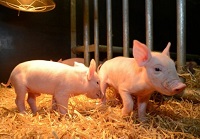
Pigs’ genetic code altered in bid to tackle deadly virus
Researchers have made an advance in the fight against a deadly virus that affects pigs. The team used advanced genetic techniques to produce pigs that are potentially resilient to African Swine Fever — a highly contagious disease that kills up to two-thirds of infected animals. The new pig...Read more -
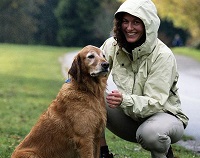
A common enemy: Through clinical trials, veterinarian fights cancer in animals, humans
Raelene Wouda’s passion for improving cancer treatment starts with our four-legged friends. Wouda, Kansas State University assistant professor of clinical sciences, is conducting clinical trials to treat cancers in dogs, cats and other companion animals. When pet owners bring their dogs, ca...Read more -

Bio-digester supplies energy to 3000 farms
The principle of action of the digestive system of a cow served as a model to Camilo Pagés and Alexander Eaton to create a container that receives organic waste, mostly livestock manure, where it is mixed with millions of bacteria to obtain natural gas integrated mostly of methane, called biogas,...Read more

